Spine
Spine Anatomy
Cervical Spine Anatomy
The spine, also called the back bone, plays a vital role in stability, smooth movement and protection of the delicate spinal cord. It is made up of bony segments called vertebrae with fibrous tissue called intervertebral discs between them. The vertebrae and discs form the spinal column from the head to the pelvis, giving symmetry and support to the body.
Thoracic Spine Anatomy
Thoracic spine is the central part of the spine, also called as dorsal spine, which runs from the base of the neck to the bottom of your rib cage. The thoracic spine provides flexibility that holds the body upright and protects the organs of the chest.
Lumbar Spine Anatomy
The spine, also called the back bone, plays a vital role in stability, smooth movement and protection of the delicate spinal cord. It is made up of bony segments called vertebra with fibrous tissue called intervertebral discs between them. The vertebra and discs form the spinal column from the head to the pelvis, giving symmetry and support to the body.

Back Pain
Back pain or backache is the pain felt in the back that may originate from muscles, nerves, bones, joints or other structures in the spine. Back pain is one of the most common medical problems experienced by most people at some time in their life. It can be acute, usually lasting from a few days to a few weeks, or chronic pain, lasting for more than three months.

Neck Pain
The first 7 vertebral bones on the spinal column form the cervical spine and are in the neck region. The neck bears the weight of the head, allows significant amount of movement, and is less protected than other parts of the spine. All these factors make the neck more susceptible to injury or other painful disorders.

Spine Injections
Spine injection is a nonsurgical treatment modality recommended for treatment of chronic back pain. Injection of certain medicinal agents relieves the pain by blocking the nerve signals between specific areas of the body and the brain. The treatment approach involves injections of local anaesthetics, steroids, or narcotics into the affected soft tissues, joints, or nerve roots. It may also involve complex nerve blocks and spinal cord stimulation.
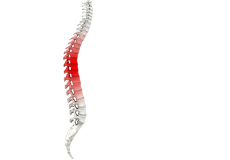
Spine Trauma
Spine trauma is damage to the spine caused from a sudden traumatic injury caused by an accidental fall or any other physical injury. Spinal injuries may occur while playing, performing normal activities, operating heavy machines, lifting heavy objects, driving automobiles, or when you suffer a fall. Injury to the spine may cause various conditions including fractures, dislocation, partial misalignment (subluxation), disc compression (herniated disc), hematoma (accumulation of blood) and partial or complete tears of ligaments.
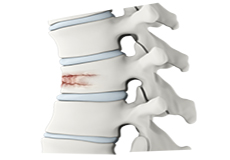
Vertebral Fractures
Back pain is an indication of stress fractures known as vertebral compression fractures. Vertebral compression fractures occur when the normal vertebral body of the spine is squeezed or compressed to a smaller height. The bone collapses when too much pressure is placed on the vertebrae, resulting in pain, limited mobility, height loss, and spinal deformity. In very severe compression fractures, the back of the vertebral body is pushed into the spinal canal and pressure is placed on the spinal cord.
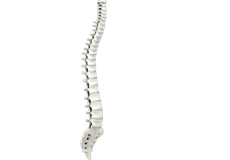
Spine Disorders
Cervical refers to the 7 vertebrae of the neck. The cervical spine consists of other anatomic structures including muscles, bones, ligaments, and joints. Normally, the cervical spine permits quite range of flexibility and motion, however it is susceptible to physical forces during traumatic injuries.

Artificial disc replacements
Artificial disc replacement is a surgical method of replacing the diseased or damaged intervertebral discs of the spinal column with an artificial disc to restore motion to the spine. It can be considered as an alternative to spinal fusion for patients with back pain.
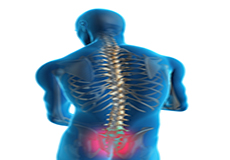
Sacroiliac joint dysfunction
The sacroiliac joint is one of the large joints in the body and is formed by the connection of the sacrum and the right and left iliac (pelvic) bones. The sacroiliac joints have small amount of movement and transmit all the forces of the upper body to the lower body. The sacrum is the triangular-shaped bone at the bottom of the spine, below the lumbar spine. The sacroiliac joint acts as a shock-absorbing structure.
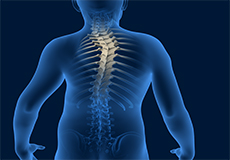
Spine Deformity Surgery
The Spine or backbone provides stability to the upper part of the body. It helps to hold the body upright. It consists of several irregularly shaped bones, called vertebrae appearing in a straight line. The spine has two gentle curves when looked from the side and appears to be straight when viewed from the front.
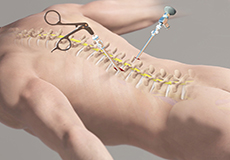
Minimally Invasive Spine Surgery (MISS)
MISS is the latest advanced technology available to perform spinal surgeries through small, less than one inch long, incisions. It involves the use of special surgical instruments, devices and advanced imaging techniques to visualize and perform the surgery through such small incisions.











